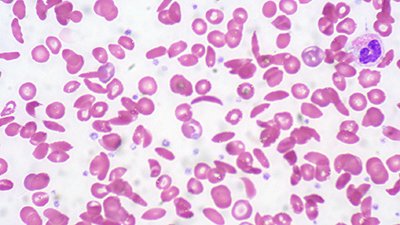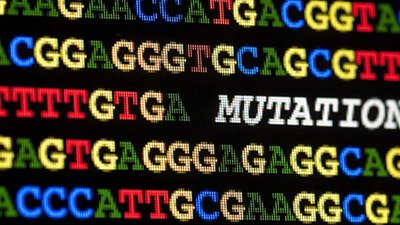Scientists Raise the Dead and Kill the Living
News Sources
In two similar stories this week, scientists have “reversed evolution”-converting a modern enzyme into its “theoretical distant ancestor” in one case, and reactivating a supposedly five-million-year-old retrovirus in the other.
Scientists from the US Department of Energy's Brookhaven National Laboratory and Sweden's Karolinska Institute altered the modern-day enzyme by “making a single substitution” in the enzyme's amino acid sequence. Meanwhile, a team of scientists led by Thierry Heidmann of the Institut Gustave-Roussy reactivated the retrovirus by “align[ing] HERV-K(HML2) elements, determin[ing] their consensus sequence, and then construct[ing] a retrovirus . . . from the consensus sequence by mutating existing HERV-K(HML2) copies.”
But do either of these show information-generating evolution has actually occurred? Not at all. For example, in the result of the enzyme alteration, “desaturase activity decreased 2000-fold while its oxidase activity increased 31-fold.” In other words, the change dramatically harmed one of the enzyme's functions and improved another already-existing function. This certainly doesn't explain how a functionless enzyme could gain a new function through chance processes.
The change dramatically harmed one of the enzyme's functions and improved another already-existing function.
Similarly, in the case of the retrovirus, the current form is inactive and unable to do its “job”-producing infectious particles. The form of the retrovirus produced in the lab, said to be an evolutionary ancestor, can actively produce infectious particles. Once again, this shows that the only change that has occurred was a decrease in information and function.
Thus, despite somewhat grandiose claims in both these cases, this is the opposite of the sort of changes molecules-to-man evolution would require. A person could compare the situation to finding a large book, which represents all life. There are certain typos throughout the book that represent the harmful mutations that have accumulated since the Fall (and some passages have been lost entirely). It would be relatively easy for scientists (or editors, in this case!) to find many of these mistakes and attempt to correct them, showing how the book has changed over time. But does this, in any way, show that the book wrote itself-that the meaningful sentences came from nowhere? Of course not.
For More Information: Get Answers
Remember, if you see a news story that might merit some attention, let us know about it! (Note: if the story originates from the Associated Press, FOX News, MSNBC, the New York Times, or another major national media outlet, we will most likely have already heard about it.) And thanks to all of our readers who have submitted great news tips to us. If you didn’t catch all the latest News to Know, why not take a look to see what you’ve missed?
(Please note that links will take you directly to the source. Answers in Genesis is not responsible for content on the websites to which we refer. For more information, please see our Privacy Policy.)
Recommended Resources

Answers in Genesis is an apologetics ministry, dedicated to helping Christians defend their faith and proclaim the good news of Jesus Christ.
- Customer Service 800.778.3390
- © 2024 Answers in Genesis








